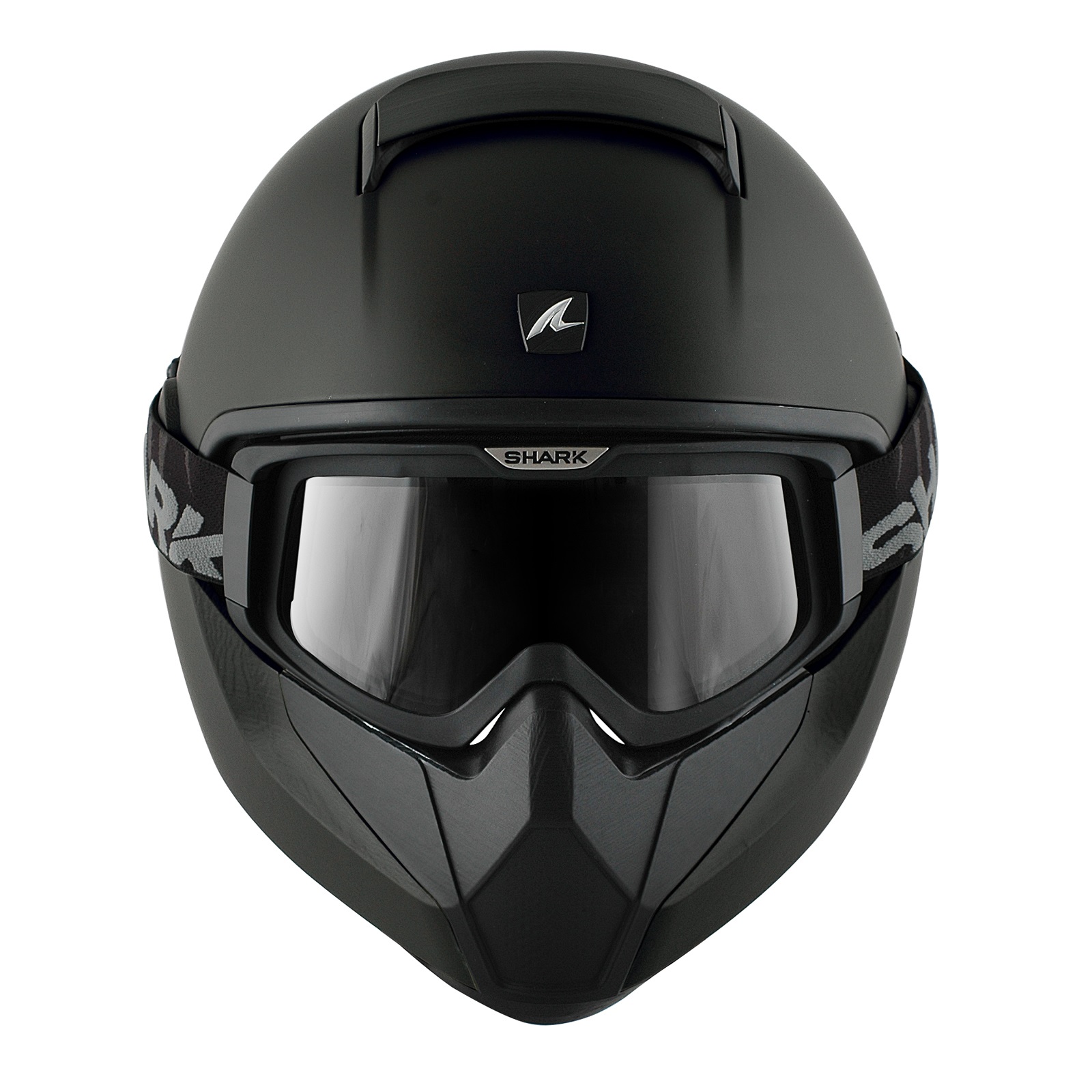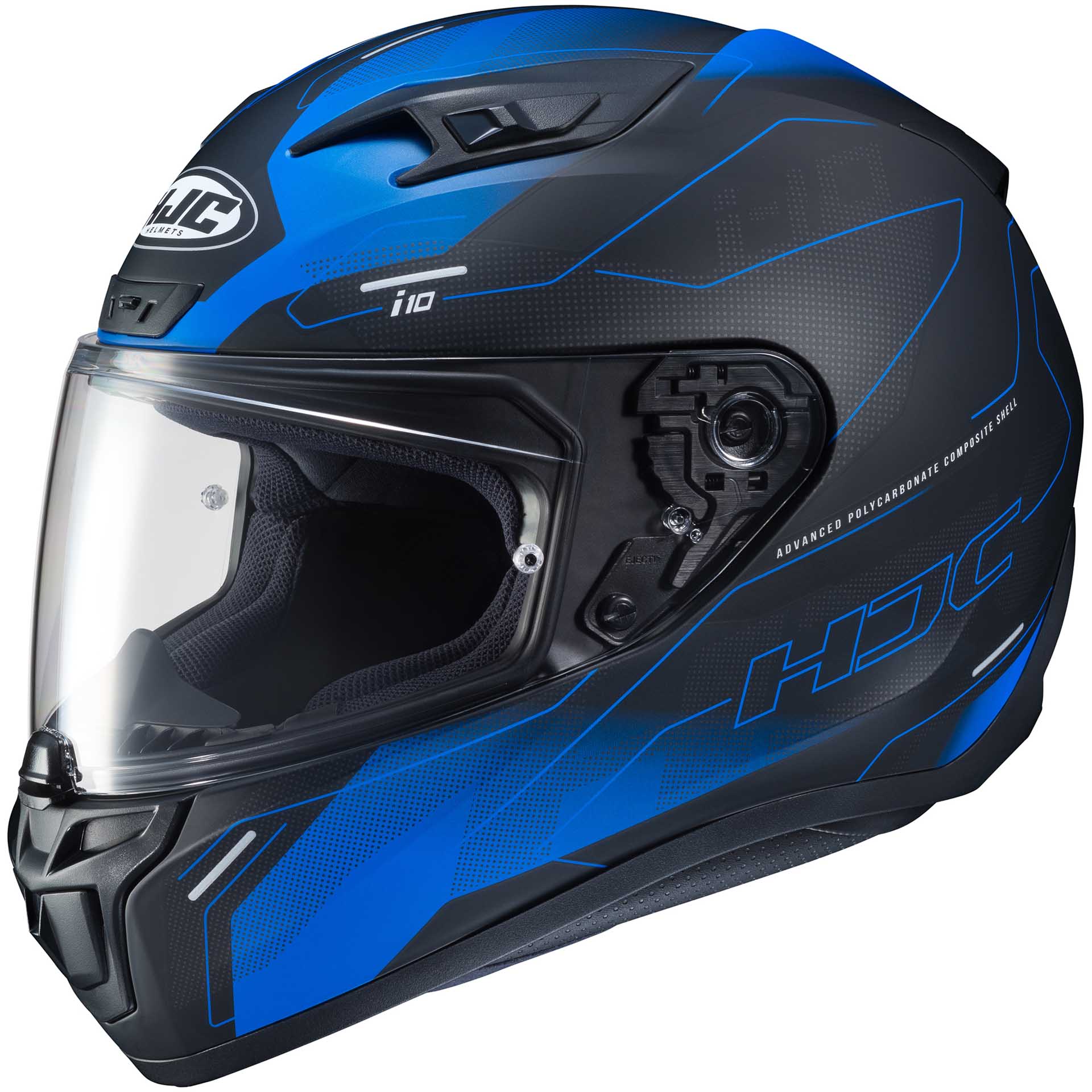Riding a motorcycle offers a unique sense of freedom and adventure, but it also comes with significant risks. Motorcycle helmet laws in California are designed to enhance the safety of riders and passengers alike. Whether you’re new to motorcycling or a seasoned rider, understanding these laws is crucial for both legal and safety reasons. This comprehensive guide explores what the motorcycle helmet laws in California entail, the specifics of helmet requirements, penalties for non-compliance, and additional considerations for motorcycle riders. Stay informed and ride safely by delving into the details of California’s helmet regulations.
Legal Requirements
California has a universal helmet law, meaning that all motorcycle riders and passengers, regardless of age, must wear a helmet at all times while riding. This stringent requirement underscores the state’s commitment to ensuring the safety of all motorcyclists.
- Mandate for All Riders: The law applies to operators of all motorcycles and motor-driven cycles, including mopeds and scooters. Whether you are the one behind the handlebars or sitting on the back, wearing a helmet is non-negotiable.
- Helmet Standards: The helmet must meet or exceed the standards set by the U.S. Department of Transportation (DOT). Helmets that meet DOT standards will have a DOT certification sticker on the back.
- Proper Fit and Wear: Helmets must be securely fastened and fit properly. A helmet that is not worn correctly or left unfastened provides little to no protection in the event of an accident.
Understanding these basic legal requirements ensures compliance with California’s helmet laws and enhances rider safety.
Enforcement and Penalties
Failure to adhere to California’s motorcycle helmet laws in California results in penalties that can have both legal and financial repercussions.
- Traffic Stops: Law enforcement officers are authorized to stop motorcyclists solely to check for helmet compliance. This power underscores the seriousness with which the state views helmet use.
- Fines: The penalties for not wearing a helmet can include fines ranging from $10 to $250. While the base fine may seem relatively low, additional penalty assessments and court fees can significantly increase the cost.
- Court Appearance: Depending on the violation’s severity and frequency, you might be required to appear in court. Repeated violations can lead to higher fines and possibly even license points.
- Insurance Implications: Not wearing a helmet can also impact your insurance claims and premiums. In the event of an accident, failure to comply with helmet laws may result in reduced or denied insurance claims.
Being aware of these enforcement practices and penalties can motivate compliance and underscore the importance of following helmet laws.
Helmet Standards and Certifications
Not all helmets are created equal. Understanding what constitutes a DOT-approved helmet ensures that you’re adequately protected.
- DOT Certification: DOT certification is an essential requirement. These helmets undergo rigorous testing to ensure they provide adequate protection in the event of a crash. Always check for a DOT sticker.
- Additional Certifications: While DOT certification is mandatory, helmets can also have additional certifications such as Snell or ECE. These certifications often indicate even higher safety standards.
- Fit and Coverage: A proper fit is crucial for protection. Helmets should cover the head entirely, including the base of the skull and the sides of the face. Many helmets come with adjustable liners and straps for a better fit.
- Material and Construction: Ensure that the helmet’s outer shell is made from high-quality materials such as fiberglass, polycarbonate, or composite fibers. The inner liner should be thick and impact-absorbing.
Knowing what to look for in a helmet ensures that you are maximizing your protection while complying with the law.
Safety Benefits of Wearing a Helmet
Wearing a helmet doesn’t just keep you compliant with the law; it offers substantial safety benefits that can make the difference between life and death in an accident.
- Impact Protection: Helmets are engineered to absorb and dissipate the energy from an impact. This reduces the force transmitted to the brain, thus mitigating serious head injuries.
- Facial Protection: Full-face helmets offer the added benefit of protecting your face, jaw, and teeth. This is particularly important in high-speed accidents where facial injuries can be severe.
- Visibility and Weather Protection: Helmets with visors can shield your eyes from wind, rain, dust, and debris, enhancing visibility and making the ride more comfortable.
- Hearing Protection: Helmets can reduce wind noise, which can be not just distracting but also harmful to your hearing over long periods.
Understanding these benefits reinforces the importance of wearing a helmet every time you ride.
Historical Context of Helmet Laws
Understanding the historical context can help appreciate why helmet laws exist and how they have evolved to enhance rider safety.
- Initial Implementation: California first enacted its motorcycle helmet law in 1992, joining a growing number of states recognizing the need for such safety measures.
- Legal Challenges: Over the years, helmet laws have faced various legal challenges, primarily on the grounds of personal freedom. However, the state’s commitment to public safety has kept the law intact.
- Statistics and Impact: Studies have shown a significant reduction in fatalities and head injuries since the implementation of the helmet law. For instance, a National Highway Traffic Safety Administration (NHTSA) report highlights that helmets are 37% effective in preventing fatal injuries to motorcycle riders.
- Evolving Standards: Over time, the standards for what constitutes an acceptable helmet have become more rigorous, reflecting advances in materials and safety technology.
Understanding the historical backdrop emphasizes the importance and effectiveness of helmet laws in saving lives.
Additional Gear for Enhanced Safety
While helmets are the most crucial piece of safety gear, other protective gear can further safeguard you while riding.
- Jackets and Pants: Wearing a jacket and pants made of durable materials such as leather or reinforced textiles can protect your body from abrasions and impacts in the event of a fall.
- Gloves: Protective gloves not only keep your hands safe from abrasions but also provide better grip and control, especially in adverse weather conditions.
- Boots: Over-the-ankle boots provide essential support and protection for your feet and ankles. They can prevent serious injuries that regular shoes or sneakers wouldn’t.
- Eye Protection: If your helmet does not have a full-face visor, consider wearing goggles or glasses to protect your eyes from wind, dust, and debris.
Complementing your helmet with additional gear enhances your overall safety on the road.
Myths About Helmet Use
There are several myths surrounding helmet use that can lead to misconceptions and non-compliance with helmet laws.
- Vision Limitations: Some riders believe helmets limit their field of vision. However, a DOT-approved helmet should afford a 210-degree field of vision, which is generally more than adequate.
- Hearing Impairment: It’s a common myth that helmets significantly impair hearing. Quality helmets are designed to reduce harmful wind noise while still allowing you to hear important sounds like car horns and sirens.
- Neck Injuries: Some argue that helmets increase the risk of neck injuries. Research has shown that the increased weight of helmets does not lead to higher incidences of neck injuries and that the benefits far outweigh any potential risks.
- False Security: Another myth is that helmets provide a false sense of security. In reality, while helmets are not foolproof, they significantly reduce the risk of head injuries and fatalities.
Dispelling these myths helps to encourage compliance and promote the real benefits of helmet use.
 Helmet Care and Maintenance
Helmet Care and Maintenance
Proper care and maintenance of your helmet ensure it remains effective and compliant with safety standards.
- Regular Cleaning: Clean your helmet regularly using mild soap and water. Avoid using harsh chemicals that can degrade the materials.
- Inspect for Damage: Regularly inspect your helmet for any signs of damage, such as cracks, dents, or loose padding. Even minor damage can affect its protective capabilities.
- Replacement Timeline: Helmets should typically be replaced every five years, even if they appear undamaged. Advances in helmet technology and wear and tear from regular use mean older helmets may not provide adequate protection.
- Storage: Store your helmet in a cool, dry place away from direct sunlight and chemicals. Exposure to extreme conditions can degrade the materials over time.
Caring for your helmet properly ensures it continues to provide maximum protection.
Advocacy and Helmets
Organizations and advocates play a significant role in promoting helmet safety and compliance with helmet laws.
- Safety Campaigns: Many organizations run safety campaigns to educate riders about the importance of wearing helmets. These campaigns utilize social media, public service announcements, and community events to spread their message.
- Training Programs: Motorcycle safety courses often include components on helmet use and safety, emphasizing their importance alongside skills training.
- Policy Advocacy: Advocacy groups work at the legislative level to ensure helmet laws remain stringent and are enforced effectively. They also push for advancements in helmet technology and standards.
- Community Programs: Local groups often organize helmet fitting events and discounted helmet purchase programs to make it easier for riders to access quality protective gear.
Supporting and participating in these advocacy efforts can help improve overall rider safety and compliance with helmet laws.
Conclusion
Understanding what are the motorcycle helmet laws in California is essential for anyone who rides a motorcycle within the state. Adhering to these laws not only keeps you compliant with legal requirements but also significantly enhances your safety. From knowing the specifics of helmet standards and the importance of proper gear to understanding the myths and benefits of helmet use, this comprehensive guide has covered every aspect you need to consider. By being well-informed and taking necessary precautions, you can enjoy your ride while ensuring maximum safety. Happy and safe riding!


